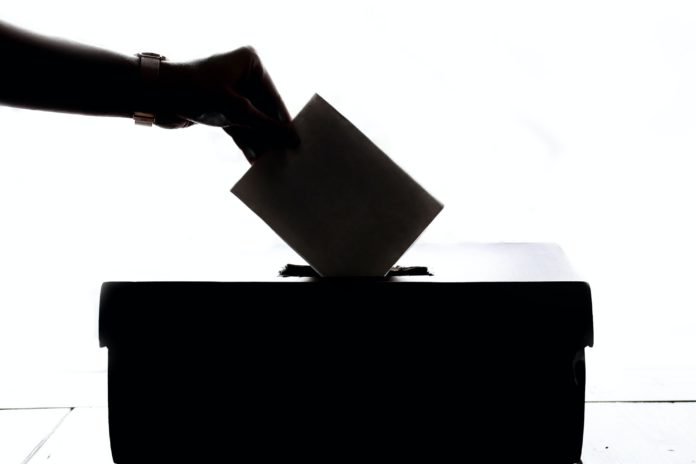St. Thomas University’s Students’ Union spring election had a lower voter turnout than previous years.
This year, the percentage of voters was 25.4 per cent compared to last year’s 36.2 per cent. There were 1,926 potential STU students who could’ve voted in this election but only 490 people cast their vote.
Matthew Oram, STUSU’s vice-president administration, said being online could have affected the voter turnout especially because of no on-campus campaigning.
“We can only reach out to so many people through our social media and newsletters,” said Oram.
The STUSU elections page promoted everybody running in the election equally, he said, but since everything is virtual now, it came down to who knows who.

The campaign period started on March 1, ran until March 7 and voting took place from March 8 to 9.
Sarah Kohut, STUSU’s president, also said that voter turnout this year came down to the fact that everything is virtual.
“I also think that students are facing a lot of technological fatigue this year. So maybe students were turning off their social media, or just taking a break from their technology, and they missed some of the campaign material or some emails about the election itself,” said Kohut.
Kohut said a huge part of elections and getting people to vote is by word of mouth. She said it’s easier to spread the word when students are seeing people on campus every day.


In an ideal world, every student would cast their vote in the election, Kohut said. She said many institutions struggle with students’ union elections, for all kinds of reasons. Student engagement is a key aspect in the function of STUSU, she said.
Kohut said STU’s voter pattern is probably consistent with other institutions in New Brunswick, as well as Atlantic Canada.
University of New Brunswick Fredericton had 9,318 registered voters in their recent UNBSU election but only 569 ballots were cast with a turnout of 6.1 per cent, according to UNBSU president Sean MacKenzie. Dalhousie University in Nova Scotia announced their DSU results on their website on March 9 with 2,165 voters of 19,926 potential voters, a turnout of 10.9 per cent.
“I think until we hit a hundred per cent of students voting, there will always be room for improvement,” said Kohut.

